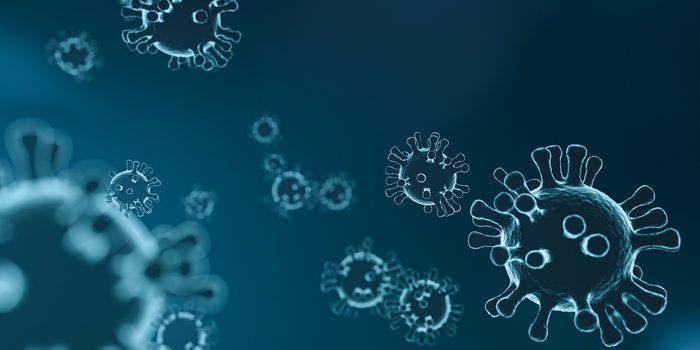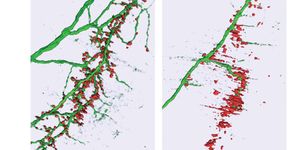Researchers Bioprint Deadly Brain Tumor with 3D Printer
Researchers have managed to print an entire active and viable glioblastoma tumor- the deadliest form of brain cancer- using a 3D printer. The corresponding research was published in Science Advances by researchers from Tel Aviv University in Israel.
Cancer, like most tissues, behave differently in the human body and on plastic surfaces like petri dishes. This is one of the reasons why around 90% of experimental drugs fail when they reach human trials, even though they worked in earlier stages.
To solve this problem, the researchers of the present study sought to create a 3D-printed model of a glioblastoma tumor to improve drug discovery and drug development for tumors in the brain.
"It's not only the cancer cells," explained Prof. Ronit Satchi-Fainaro, co-lead author of the study. "It's also the cells of the microenvironment in the brain; the astrocytes, microglia and blood vessels connected to a microfluidic system -- namely a system enabling us to deliver substances like blood cells and drugs to the tumor replica."
"Each model is printed in a bioreactor we have designed in the lab, using a hydrogel sampled and reproduced from the extracellular matrix taken from the patient, thereby simulating the tissue itself," he continued.
After printing the tumor, the researchers tested its performance against cells grown in a petri dish to predict treatment efficacy, target delivery, and drug development for glioblastomas. For example, in one test, they tested a substance that inhibited a protein called P-Selectin, produced when glioblastoma cells encounter immune cells in the brain.
Whereas no difference was shown in cell cultures after administering the substance, the researchers found that the substance could delay the growth and invasion of glioblastoma in animal models and 3D-bioprinted models.
They also genetically sequenced the cancer cells from the 3D-bioprinted model and the cancer cells grown in petri dishes and from patients. In doing so, they found that cells from the 3D-bioprinted tumors resembled those taken from patients more than those grown in petri dishes.
"Perhaps the most exciting aspect is finding novel druggable target proteins and genes in cancer cells -- a very difficult task when the tumor is inside the brain of a human patient or model animal," said Prof. Satchi-Fainaro, "Our innovation gives us unprecedented access, with no time limits, to 3D tumors mimicking better the clinical scenario, enabling optimal investigation."
Sources: Science Advances, Science Daily









